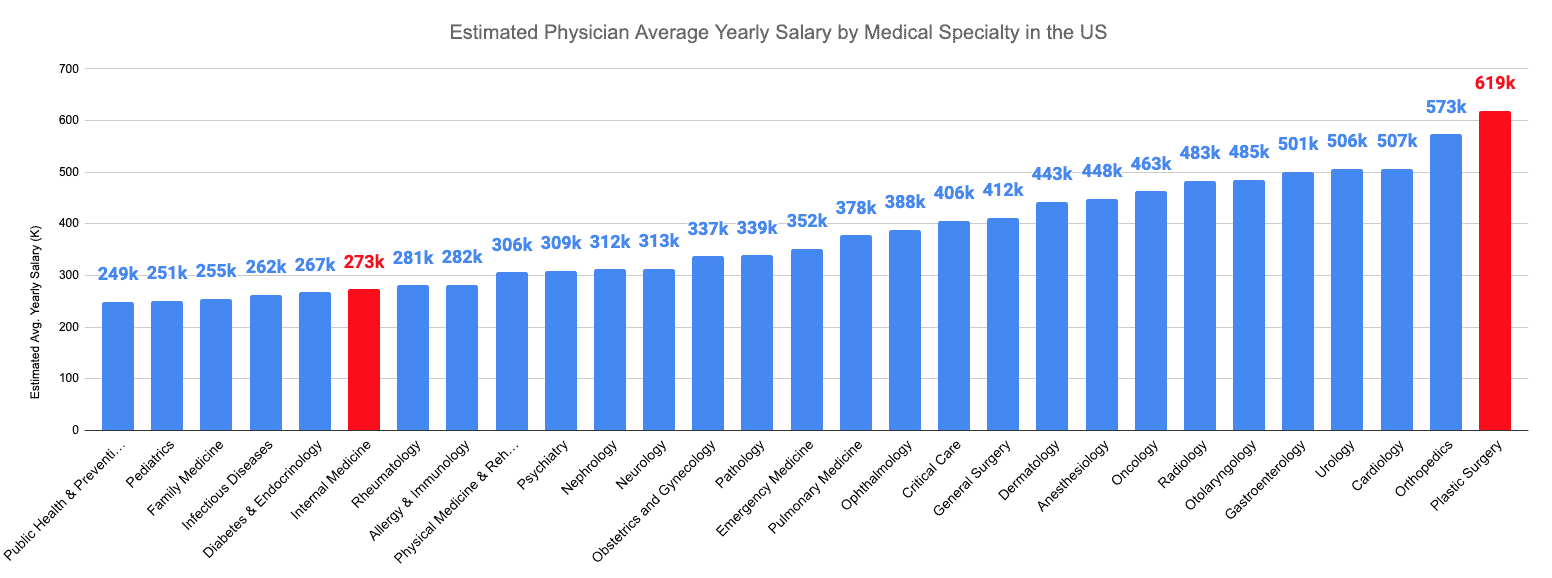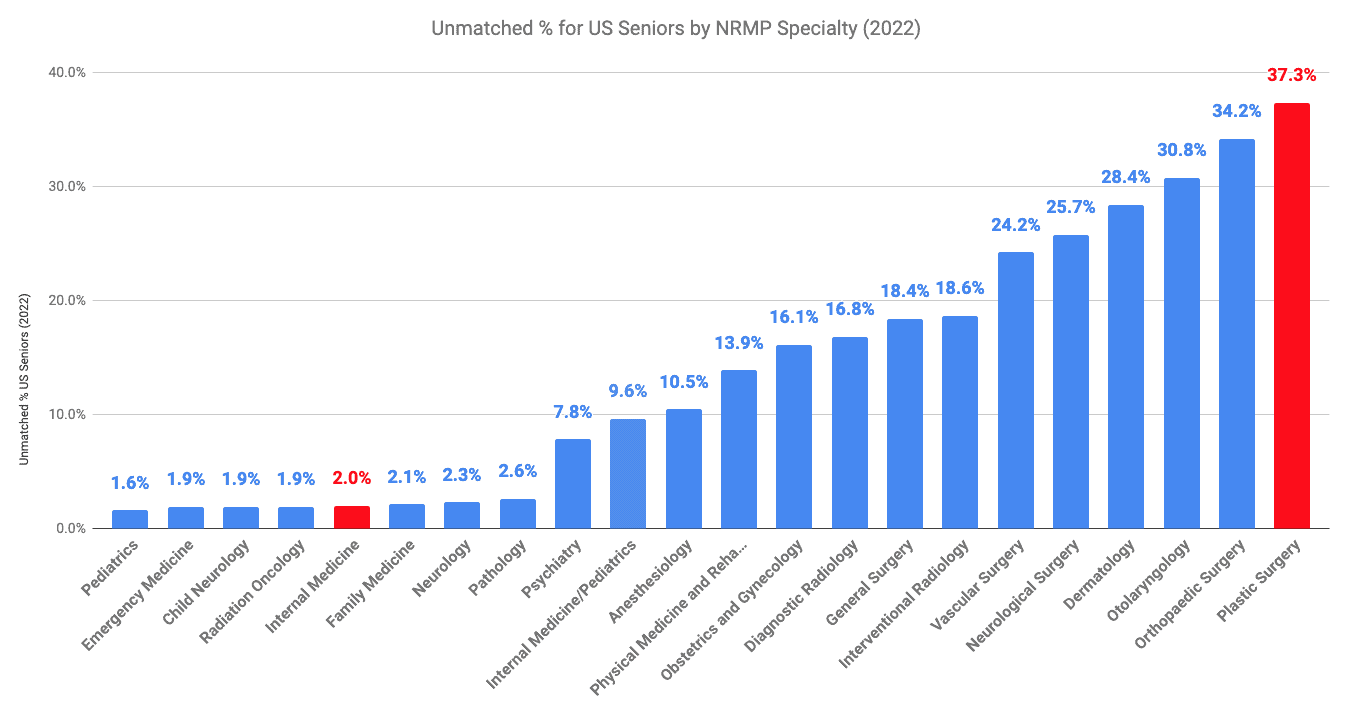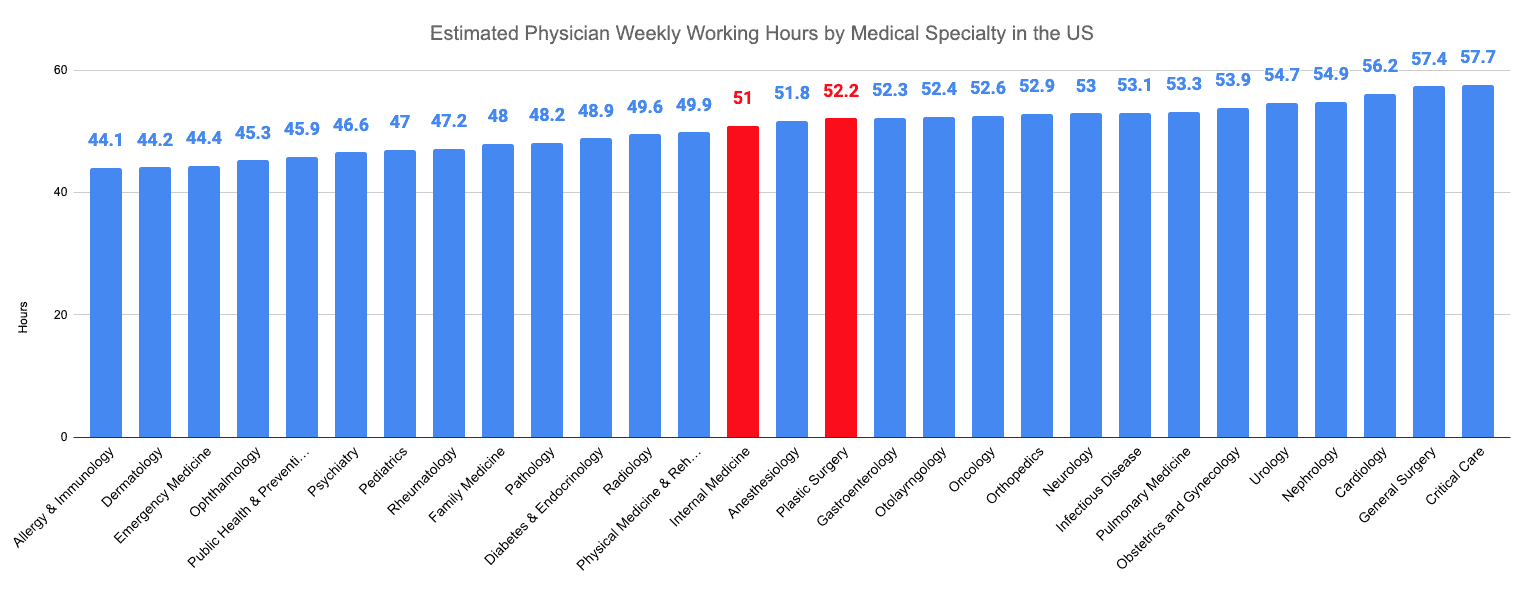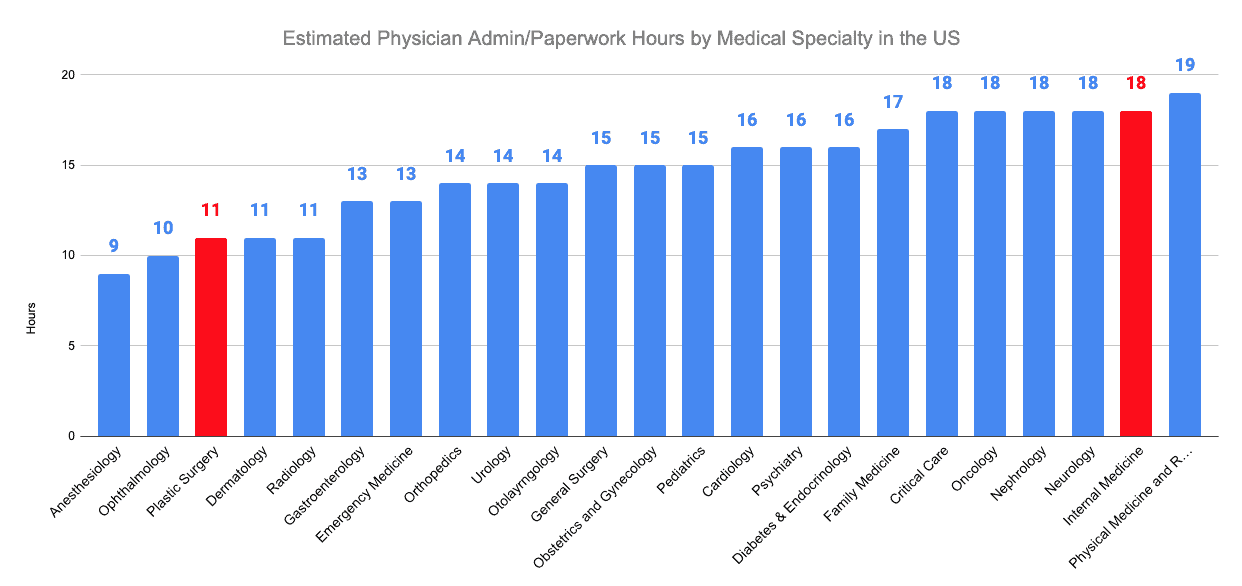
Plastic surgery vs. internal medicine is one of the biggest debates among medical students interested in physiology. Both specialties allow you to explore the complex workings of the human body and use your skills to improve patient outcomes. However, they also have significant differences, such as the scope of practice, the work environment, and the training requirements.
How do you decide which one is right for you? In this article, we will provide helpful information and tips to help you make an intelligent decision on plastic surgery vs. internal medicine and find a fulfilling career that matches your interests and abilities. We will also help you evaluate practical factors such as job availability, salary, and training duration.
Plastic Surgery vs. Internal Medicine: Salary and Job Security
Plastic surgery might be your specialty if you want to earn a lot of money and have a steady demand for your services. But be prepared for a competitive job market after fellowship, even if you graduate from a prestigious program.
Internal medicine, meanwhile, offers more job openings. You can easily find a hospital that needs internists, and the career outlook is positive, even if the salary is not as high as plastic surgery. But internal medicine also comes with some challenges, such as higher burnout and less job security, which we will discuss later.
According to recent data, plastic surgeons have the highest average annual salary among medical specialties at $619,000, while internists earn less with an average of $273,000.

Plastic surgeons earn $619,000 per year on average, while internists earn less with $273,000 annually
Plastic Surgery vs. Internal Medicine: Competitiveness
Here we can assess the competitiveness of a specialty by looking at the unmatched rate – the % of people who apply and do not match into their preferred specialty. Internal medicine had a 2% unmatched rate among US seniors, making it a less competitive residency. In comparison, plastic surgery was the most competitive residency in the 2022 Match, with a 37.3% unmatched rate among US Seniors.

Internal medicine had a 2% unmatched rate, while plastic surgery had a 37.3% unmatched rate among US seniors
Training Path: Residency
Plastic surgery requires completing a five to six-year residency program accredited by the Residency Review Committee for Plastic Surgery (RRC-PS). Internal medicine involves a three-year residency.
An internal medicine residency is typically less competitive than a plastic surgery residency. Your USMLE scores, med school, and research are the main things for residency applications. Research is also a big thing for fellowship applications, and your residency program counts more, but your USMLE scores matter much less.
Plastic Surgery vs. Internal Medicine: Work-Life Balance
Work-life balance is a crucial factor for many medical professionals. Internists often enjoy a better work-life balance due to the nature of their work. They usually have predetermined working hours, leading to more predictable schedules. However, it’s worth mentioning that this also means internists are thought to be more easily replaced, as they don’t typically maintain a panel of patients like their plastic surgeon counterparts.
Plastic surgeons often have demanding surgical schedules and may work long hours in the operating room. They may also be on-call for emergencies such as trauma or burn accidents.
On average, plastic surgeons and internists work 52.2 and 51 hours per week, respectively, ranking them in the middle of medical specialties.

Plastic surgeons work an average of 52.2 hours per week, while internists work slightly fewer hours, at 51 per week.
Plastic surgeons spend 11 hours per week on administrative paperwork tasks, such as documenting pre- and post-operative notes and taking photographs. In comparison, internists spend more hours, approximately 18 hours per week due to extensive diagnostic tests, ranking at the upper end of all medical specialties.

Plastic surgeons work on admin/paperwork an average of 11 hours per week, while internists work more hours, at 18 per week.
Training Duration and Subspecialties
The training duration is a key aspect to consider when choosing between plastic surgery vs. internal medicine. Internal medicine has a three-year training period, while plastic surgery has a minimum of five to six-year residency program.
After completing a plastic surgery residency program, some surgeons may choose to pursue additional fellowships to further specialize in a particular aspect of plastic surgery. This can increase the length of your plastic surgery training.
Plastic Surgery vs. Internal Medicine: Job Satisfaction and Burnout Rates
Job satisfaction plays a significant role in career fulfillment. According to various studies, plastic surgery tends to have higher job satisfaction rates than internal medicine. Many plastic surgeons express contentment with their career choice and would choose it again if given the chance. Additionally, plastic surgery has lower reported burnout rates than internal medicine.
According to recent data, plastic surgery ranked at the upper end of all medical specialties with 97% of plastic surgeons stating that they would choose the same specialty again, while internal medicine ranked at the lower end with 61% of internists feeling the same way.

Plastic surgeons reported a 97% job satisfaction rate, while internists reported considerably lower satisfaction with 61%
That being said, the burnout rate for plastic surgery was 46% which was near the lower end of all medical specialties. In comparison, internal medicine had a burnout rate of 60%, ranking at the upper end of all medical specialties.

Plastic surgeons have a burnout rate of 46%, while internists have a higher burnout rate of 60%.
Plastic Surgery vs. Internal Medicine Comparison
To provide a visual overview, here’s a table comparing plastic surgery and internal medicine:
| Aspect | Plastic Surgery | Internal Medicine |
|---|---|---|
| Average Salary | High income, especially in specialized areas like reconstructive or cosmetic surgery | Lower than plastic surgery |
| Job Security | Stable field with availability of both reconstructive and cosmetic procedures | Stable role for primary healthcare and managing various medical conditions |
| Training Path | Typically involves 5-6 years of plastic surgery residency | Typically involves 3 years of internal medicine residency. |
| Lifestyle | Generally predictable work schedule and increased opportunities for time off, but may involve on-call responsibilities for trauma or burn cases | More predictable work schedule and increased opportunities for time off |
| Administrative Paperwork | Low to Moderate documentation requirements for patient records and surgical plans | High administrative requirements. |
| Job Satisfaction | Generally high, satisfaction tied to successful surgeries and patient outcomes | Lower |
| Burnout Rates | Low to Moderate, depending on the workload and stress associated with surgical procedures | High |
| Personality | Requires creativity, precision, and good communication skills, attention to aesthetics | Strong communication and problem-solving skills, ability to handle diverse patient needs. |
Please note that this table serves as a general comparison. To determine the most suitable career for you, consider your personal and career priorities and goals.
Concluding Thoughts
Choosing the right specialty between plastic surgery vs. internal medicine depends heavily on your priorities. To determine this, try reverse engineering your ideal life and identify your top priority. A helpful exercise is to write down the top five things you want to achieve in your career and personal life. Knowing these priorities will make finding a career that aligns with them easier. Often, the biggest obstacle is not a lack of knowledge about different fields but a lack of self-awareness about our own preferences.







